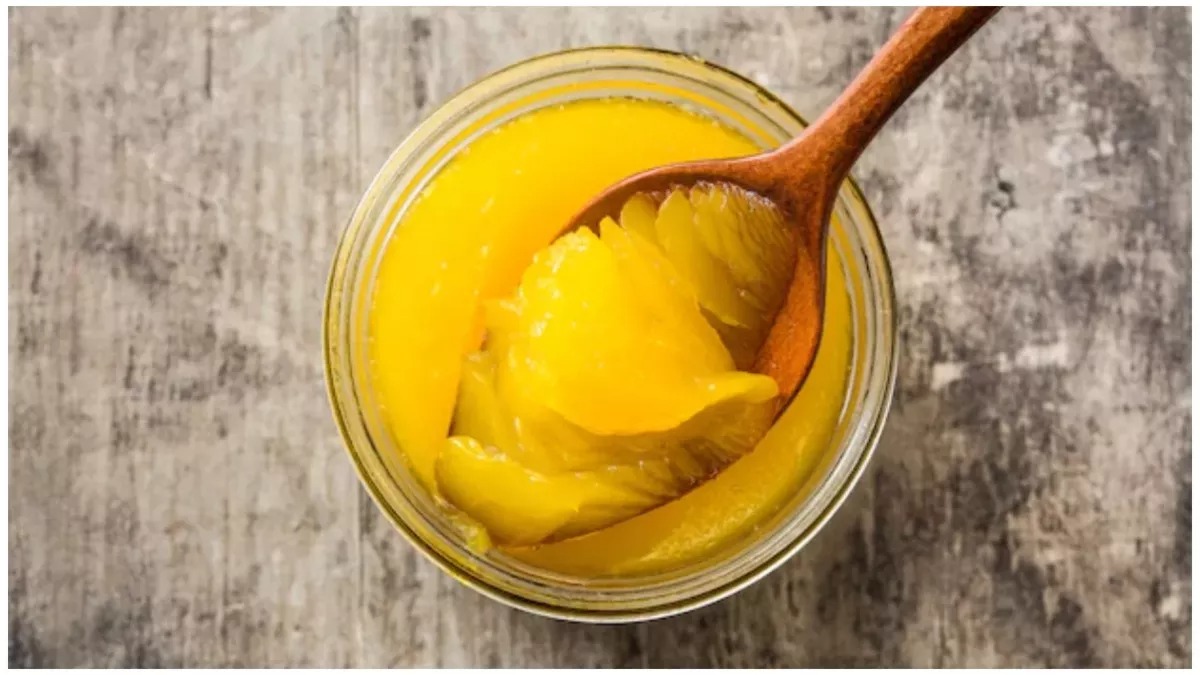
New Delhi: The whole country is shocked by the news of adulteration of fat in Tirupati Balaji's Prasad (laddu). This is Prasad and it is adulterated. It is said that the tender for ghee for Prasad was given at the rate of Rs 320 per kg. This is being investigated, but with this the question has arisen that how pure is the ghee that is coming to our homes in the name of pure ghee at Rs 600-650 per kg.
In fact, the economics of extracting ghee and getting it to homes make it difficult to get completely pure ghee even for Rs 700. The time has come for FSSAI to not only investigate the Tirupati case, but also ensure that the common consumer is assured of the purity of ghee. The government needs to take concrete steps.
1 kg ghee from 25 kg milk
The economics of pure ghee from a good nearby dairy shows that one kg of ghee is obtained from 25 kg of milk. Many dairies sell this ghee made from organic milk between Rs 1500-2000 per kg. They say that they do not incur any cost at a price lower than this, but if we talk about big dairies, they buy buffalo milk at Rs 50 per kg.
According to the director of a famous dairy company of Uttar Pradesh, the principle of making ghee from milk is that buffalo milk contains 6 to 6.5 percent fat and cow milk contains 4 percent fat. In such a situation, every 100 kg of milk contains about 83 to 84 percent water. The remaining 6 percent is ghee.
6 kg ghee in 100 kg buffalo milk
In such a situation, 6 kg ghee is obtained from 100 kg buffalo milk and 4 kg from cow milk. Apart from this, 10% of the byproducts are lactose, vitamins and other substances from which dairy factories make powder. The processing of 100 liters of milk costs approximately 250-300 rupees. If we understand it in terms of cost, then 5000 rupees are spent on purchasing 100 liters of milk and 300 rupees for processing, making a total of 5300 rupees in material.
If we add Rs 50 per kg for the company's operation and other logistics, then there will be an additional burden of Rs 300. That means the total expense is Rs 5600. If we talk about the product, then if we sell ghee at the rate of Rs 650, then we get Rs 3900. If we sell the powder at the rate of Rs 260, then we get an income of Rs 2600.
There is a profit of 56 rupees per kg
Sometimes some fat is removed from full cream milk and the rest is sold as toned, but in that case the quantity of milk has to be increased. According to rough estimates, companies spend an average of Rs 5600 and earn Rs 6500 and if they sell a total of 6 kg ghee and 10 kg powder, then the average earning per kg is about Rs 56.
If we analyse it in detail, it is possible that the profit on ghee may reduce even further. Dairy managers also accept that if someone is claiming to sell ghee for less than Rs. 650, then there is every possibility that there may be impurities in it. It is reasonable to doubt whether the companies are doing business on such a small profit. The government will have to try to bring clarity in this.
--Advertisement--

 Priya
Priya Share
Share



